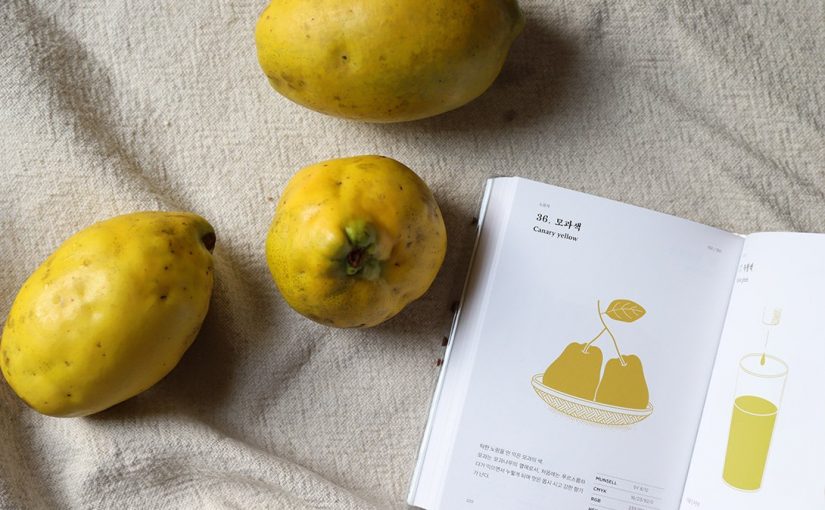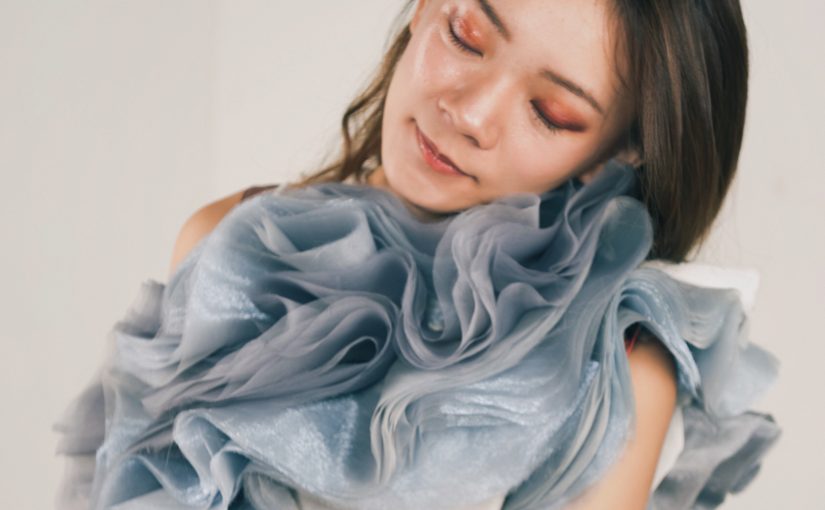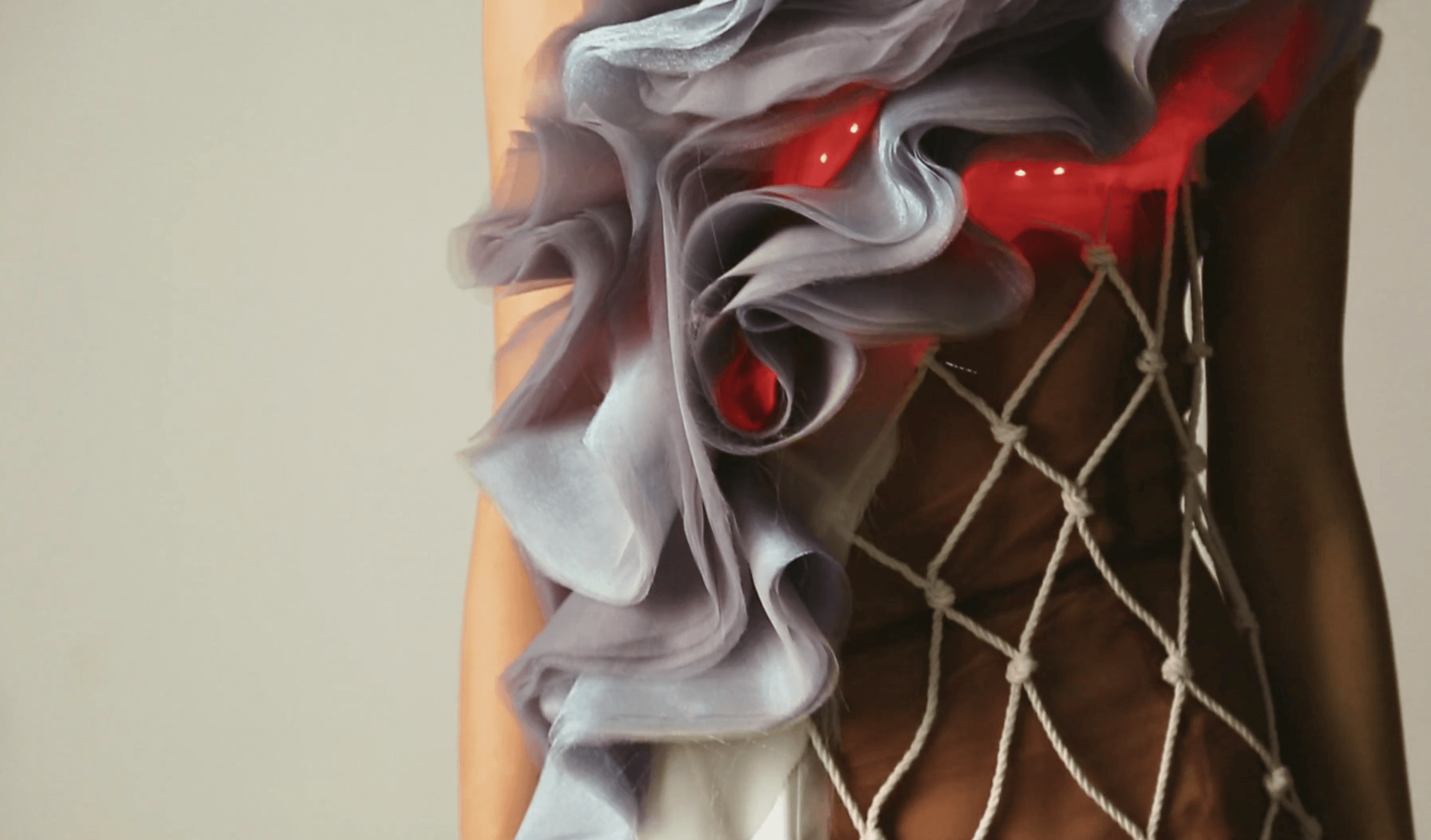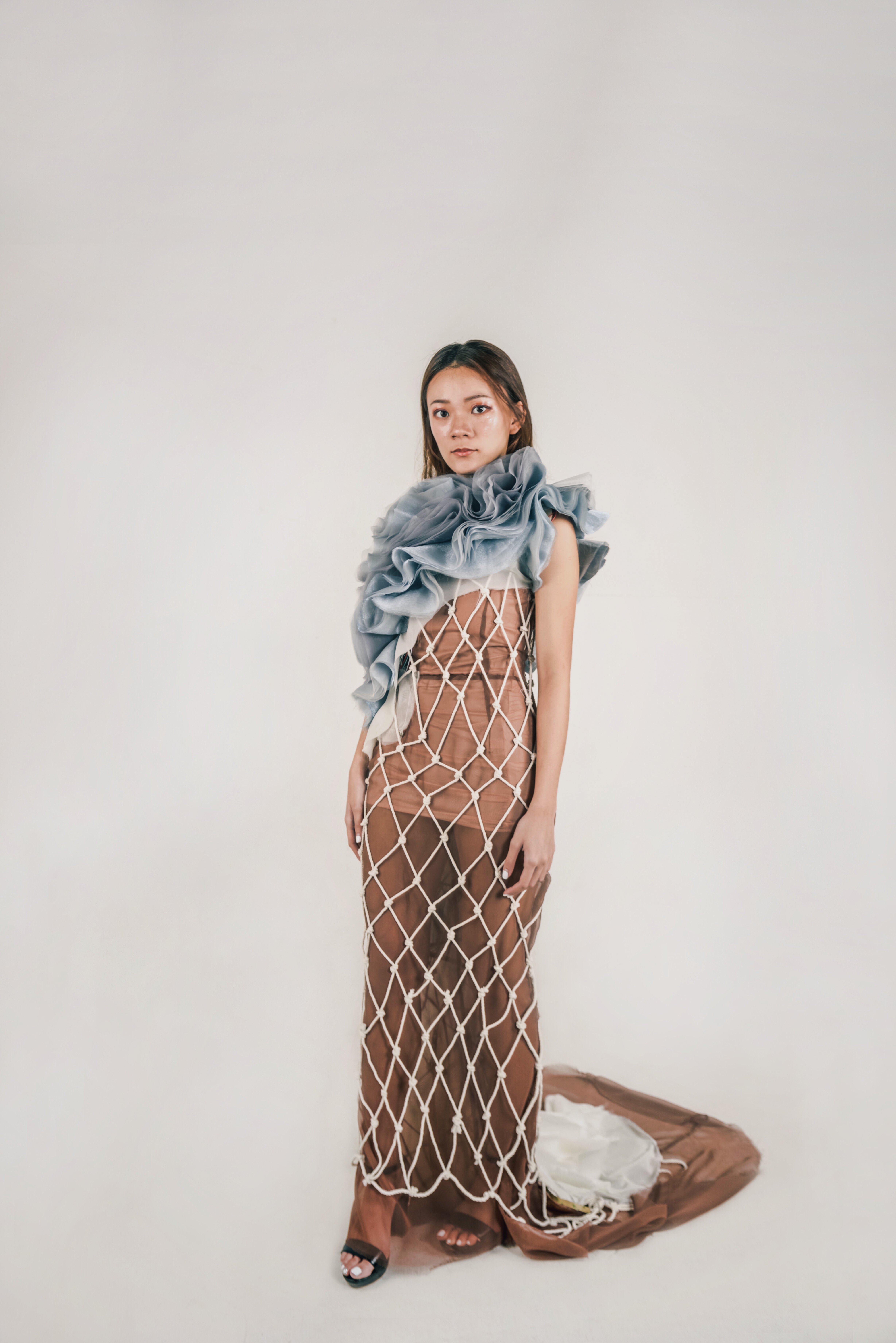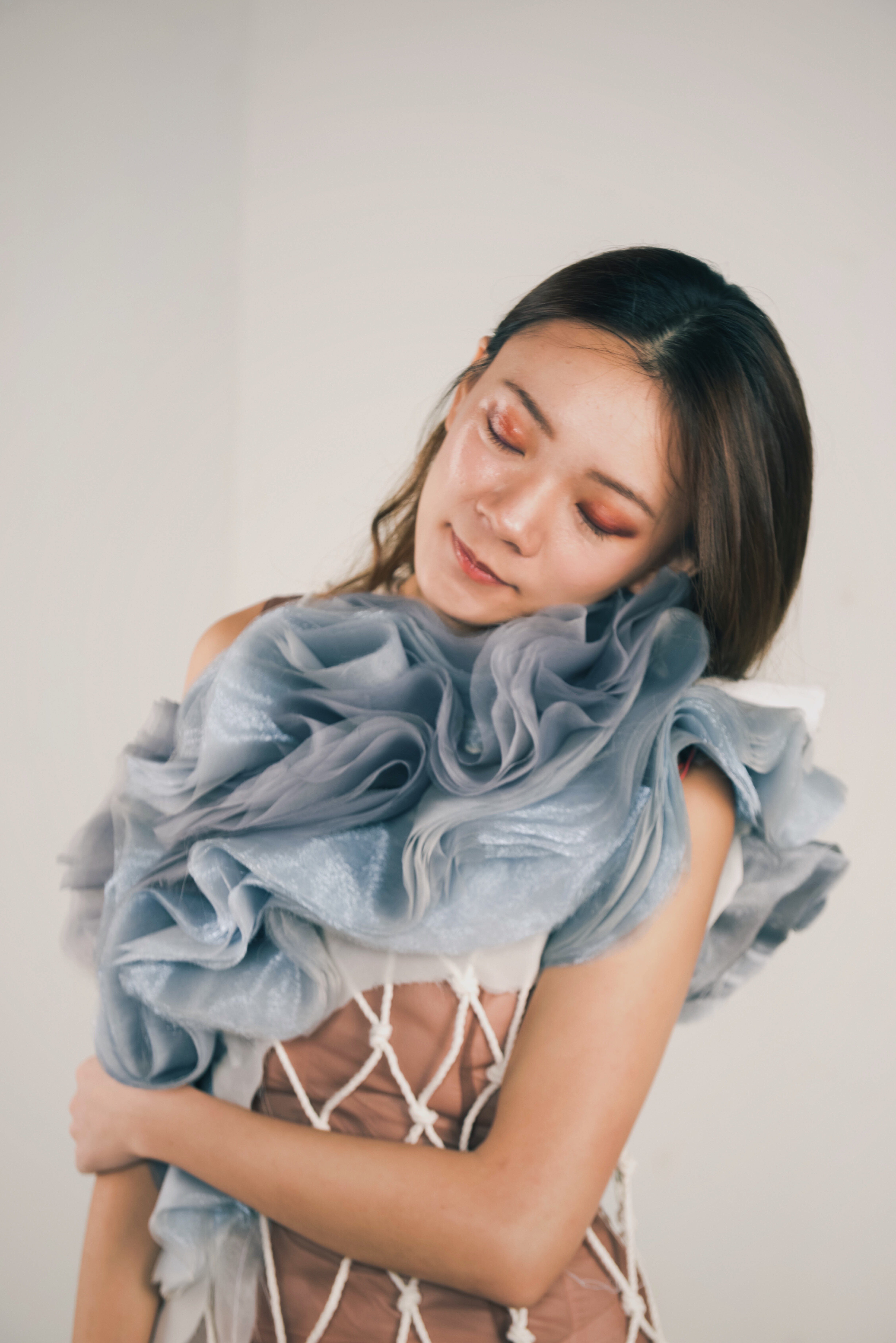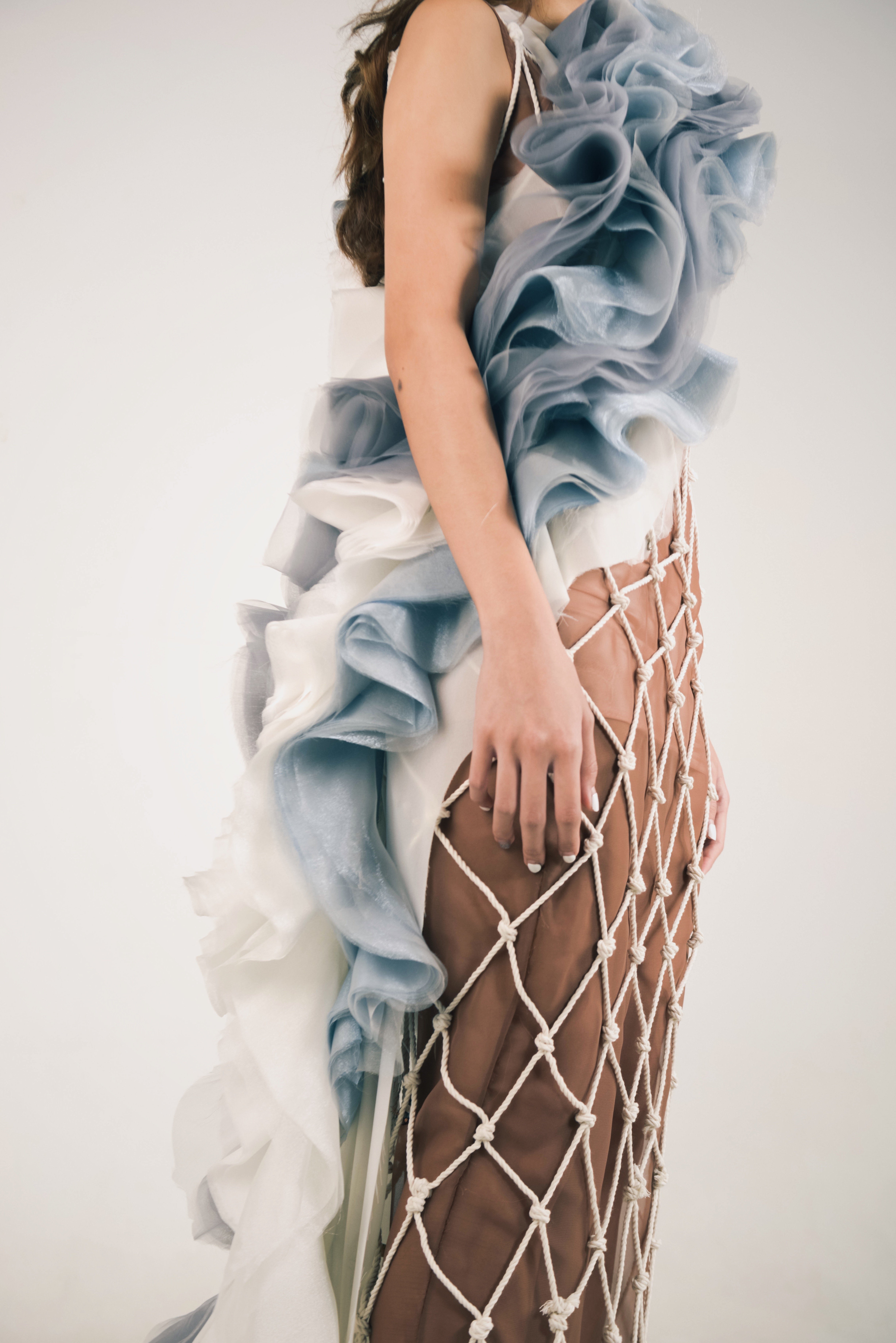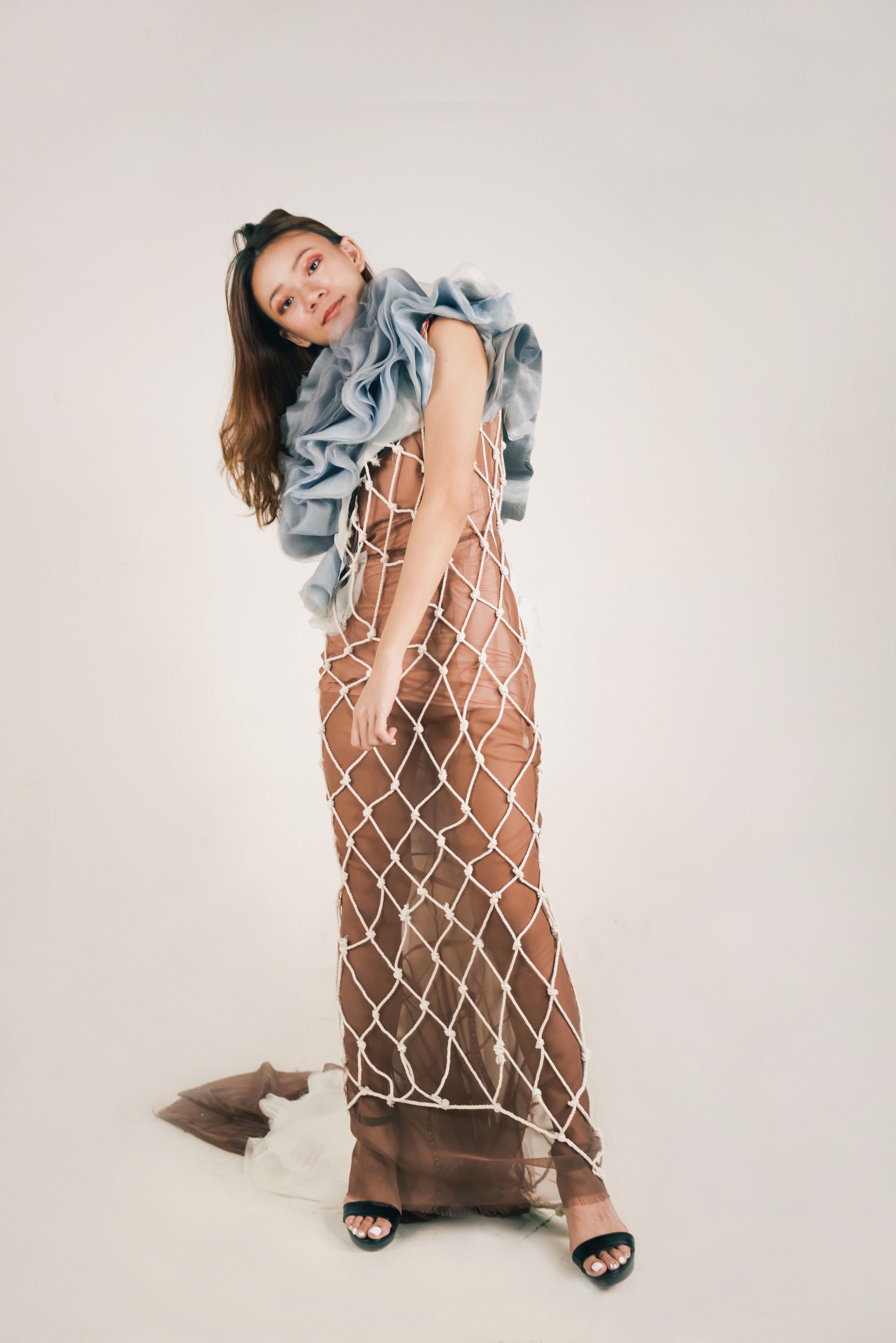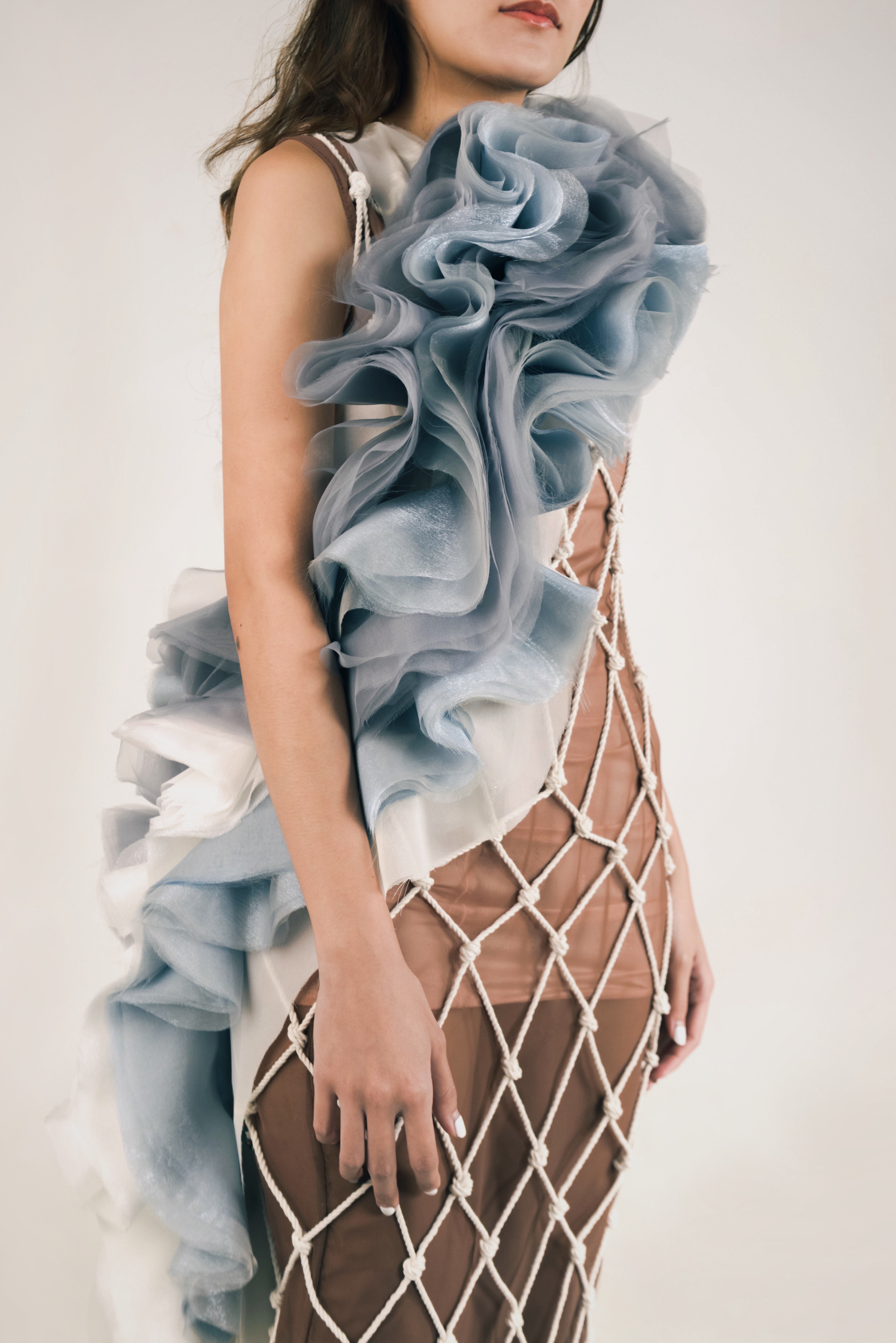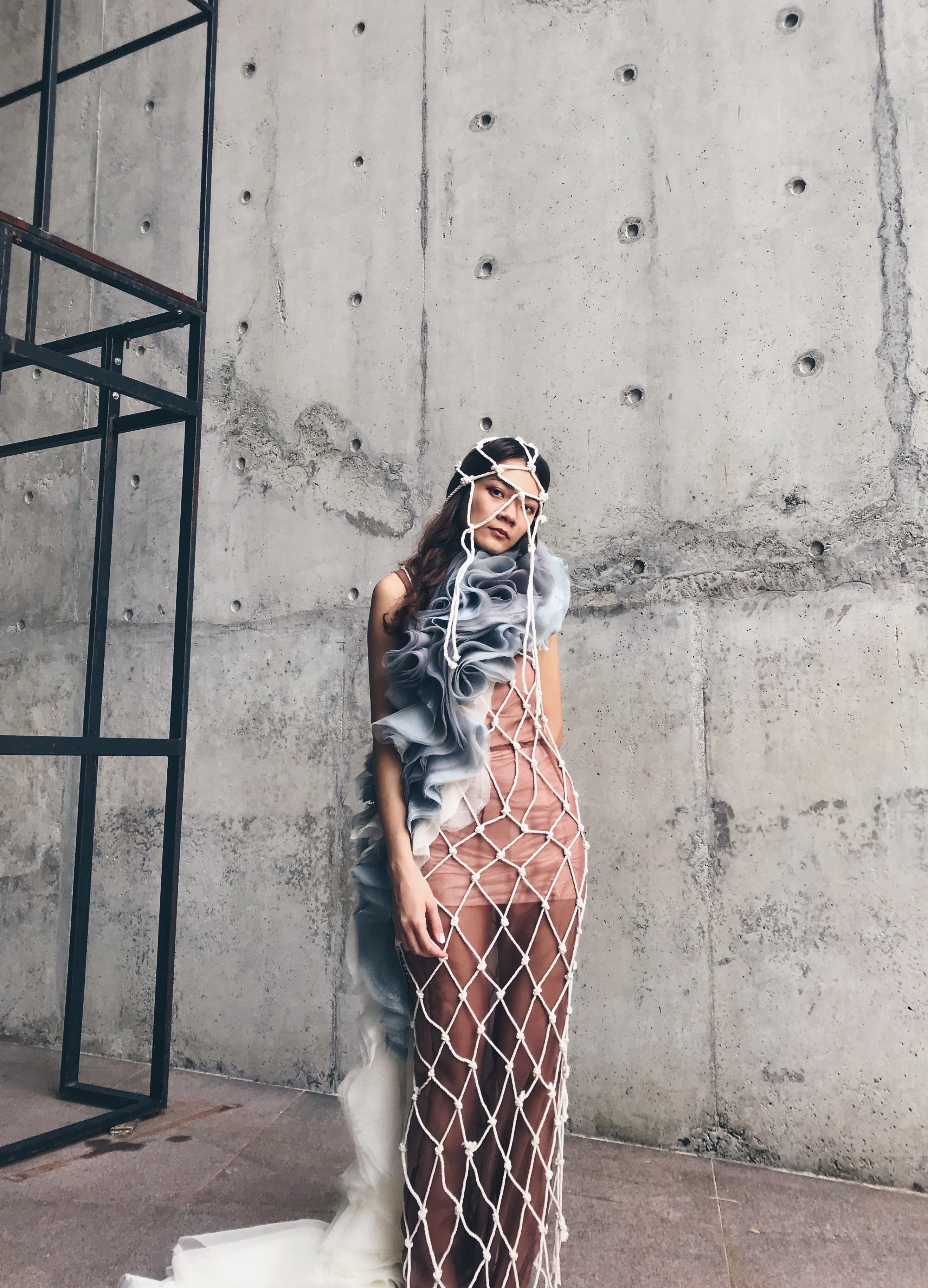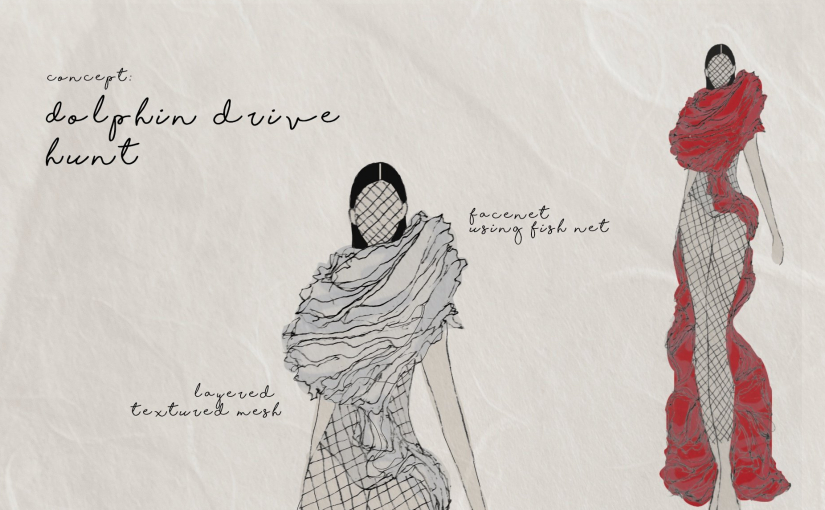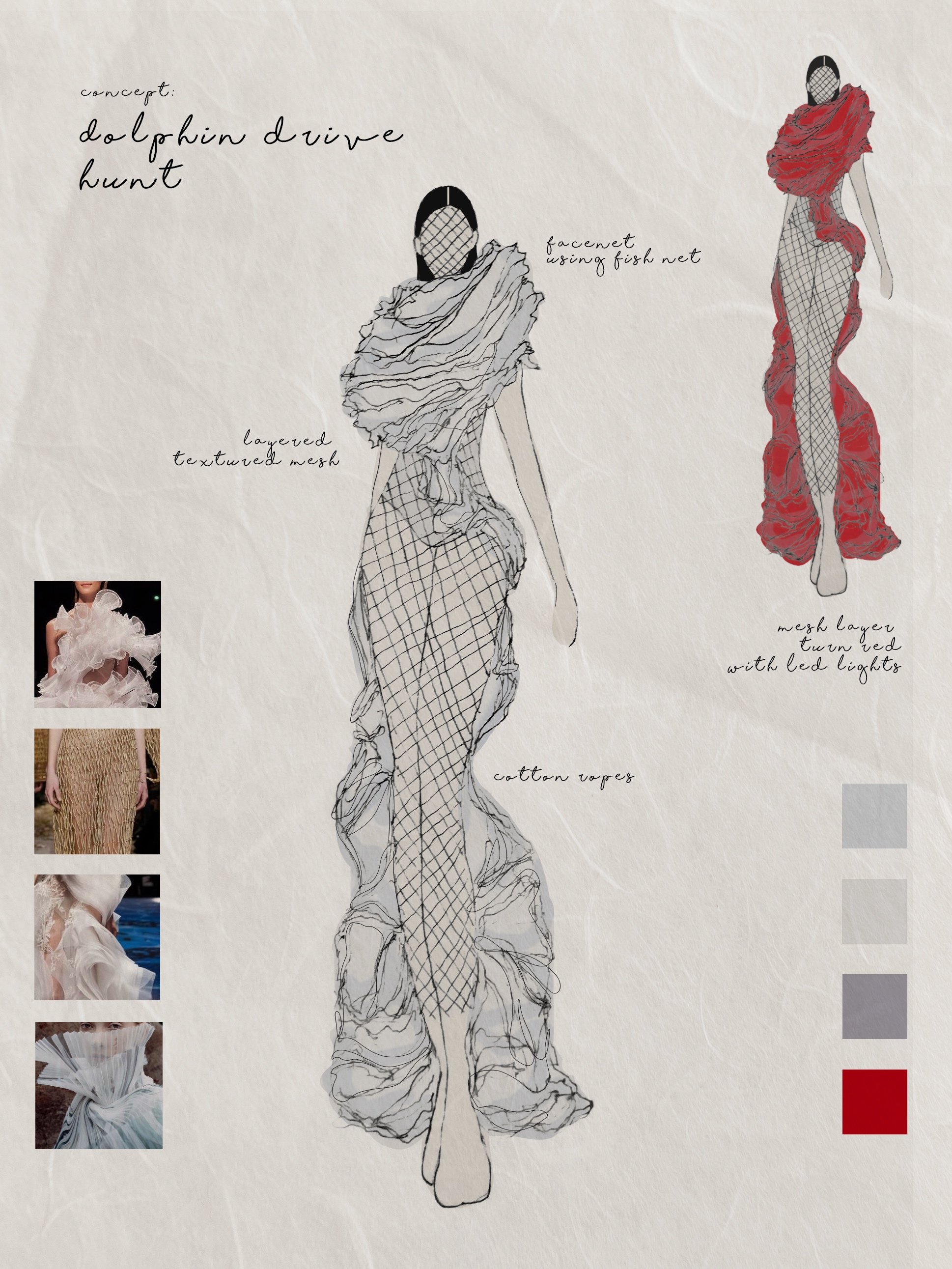OIMU (Oneday I Met You)
OIMU is a design studio established in 2015, based in Seoul. They are known for their cultural projects, aim to rediscover the value of history. They believe that design takes on the role of a bridge that connects the value of the past with the present.
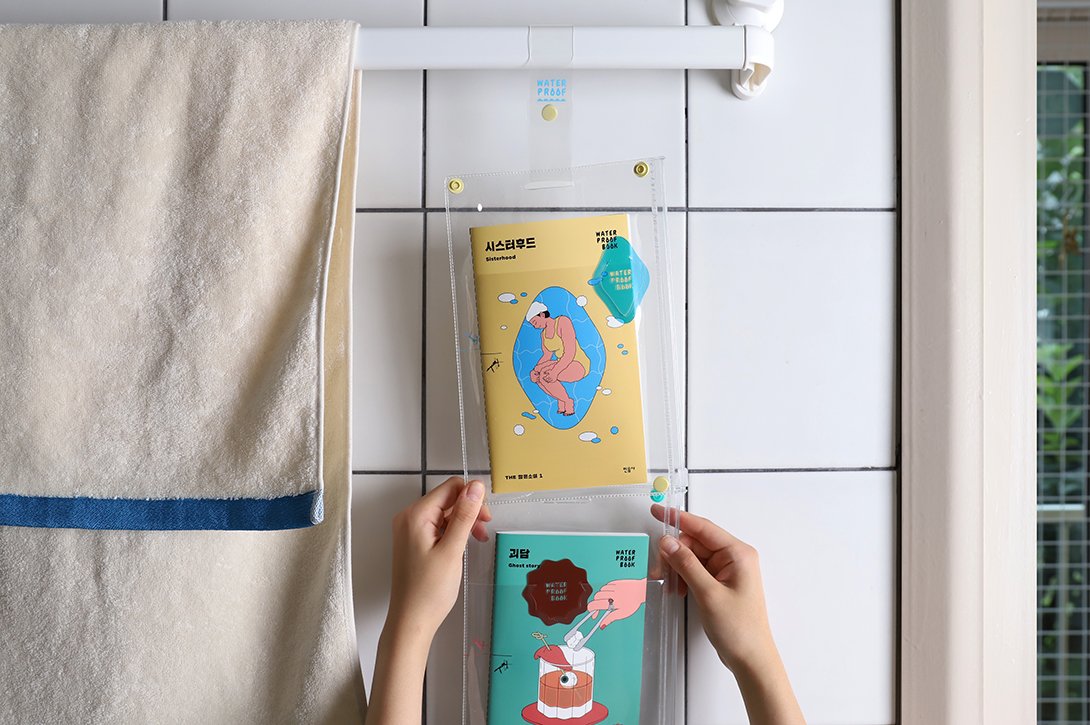
OIMU was also selected as a winner in the communication category of ‘IF Design Awards 2020’ the world’s top three design awards for their ‘Waterproof Book’. This book was printed on mineral paper, made of stones thrown away from the quarries. The result is an eco-friendly and practically indestructible book, unaffected by moisture. OIMU reinvented our perception of books by changing the properties of conventionally used paper.
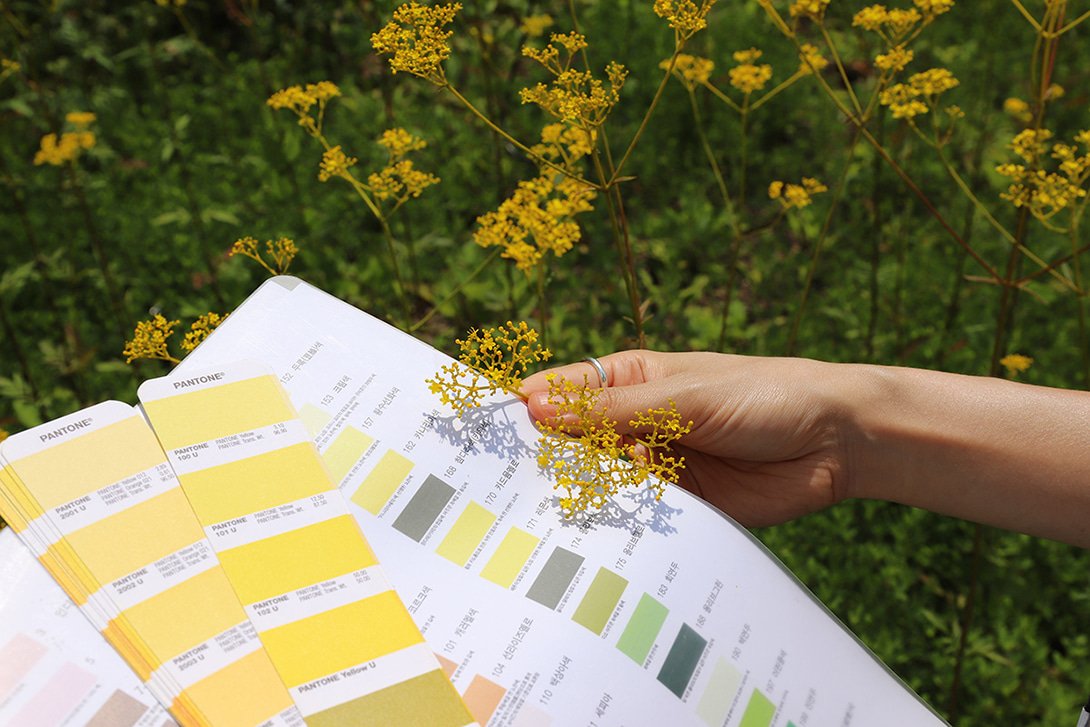
‘The Colour Project’ initiated by OIMU is my personal favourite. In this project, they reinterpreted the ‘Concise Manual of Colour Names’ a book of colours adopted by Korean Industrial Standards and created a new colour language that is unique to Koreans. The idea was to redefine the colours in the book with names related to objects Koreans encounter everyday. This allows Koreans to better express and communicate colours in their everyday life.
I appreciate that the studio is taking so much pride in glorifying the forgotten Korean culture.
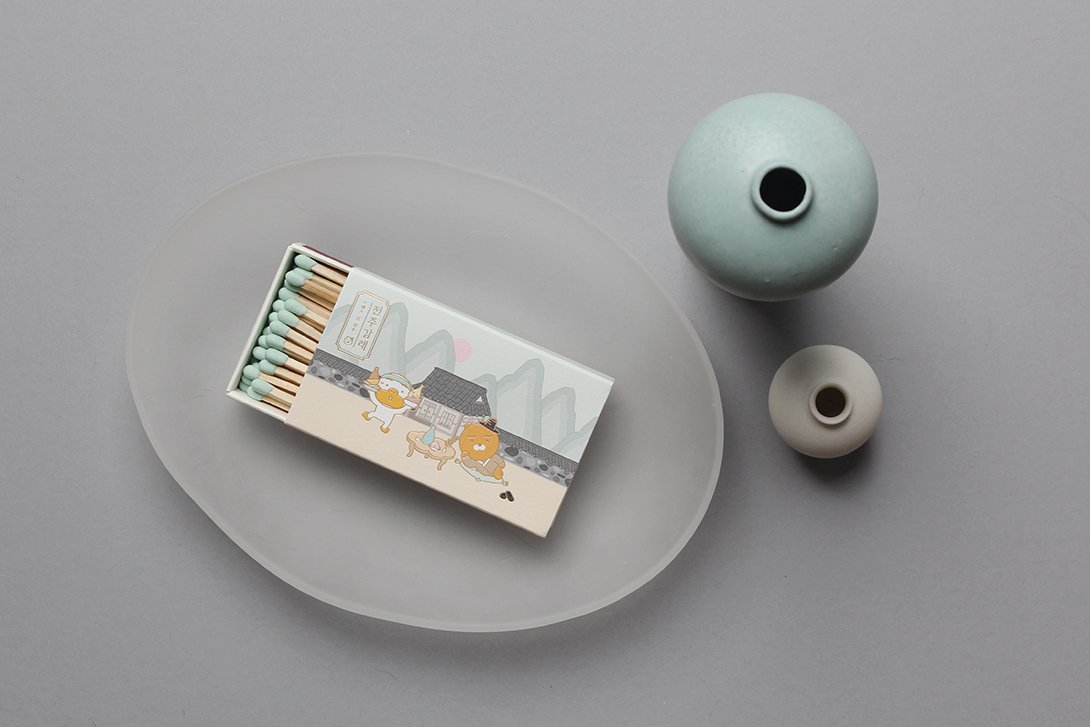
OIMU, unlike many other design studio, has a very consistent design style. Their unique philosophy combined with their sleek and quirky illustrations, enabled them to partner with many renowned Korean brands such as the National Theater of Korea, Kakao Friends and MINUMSA.
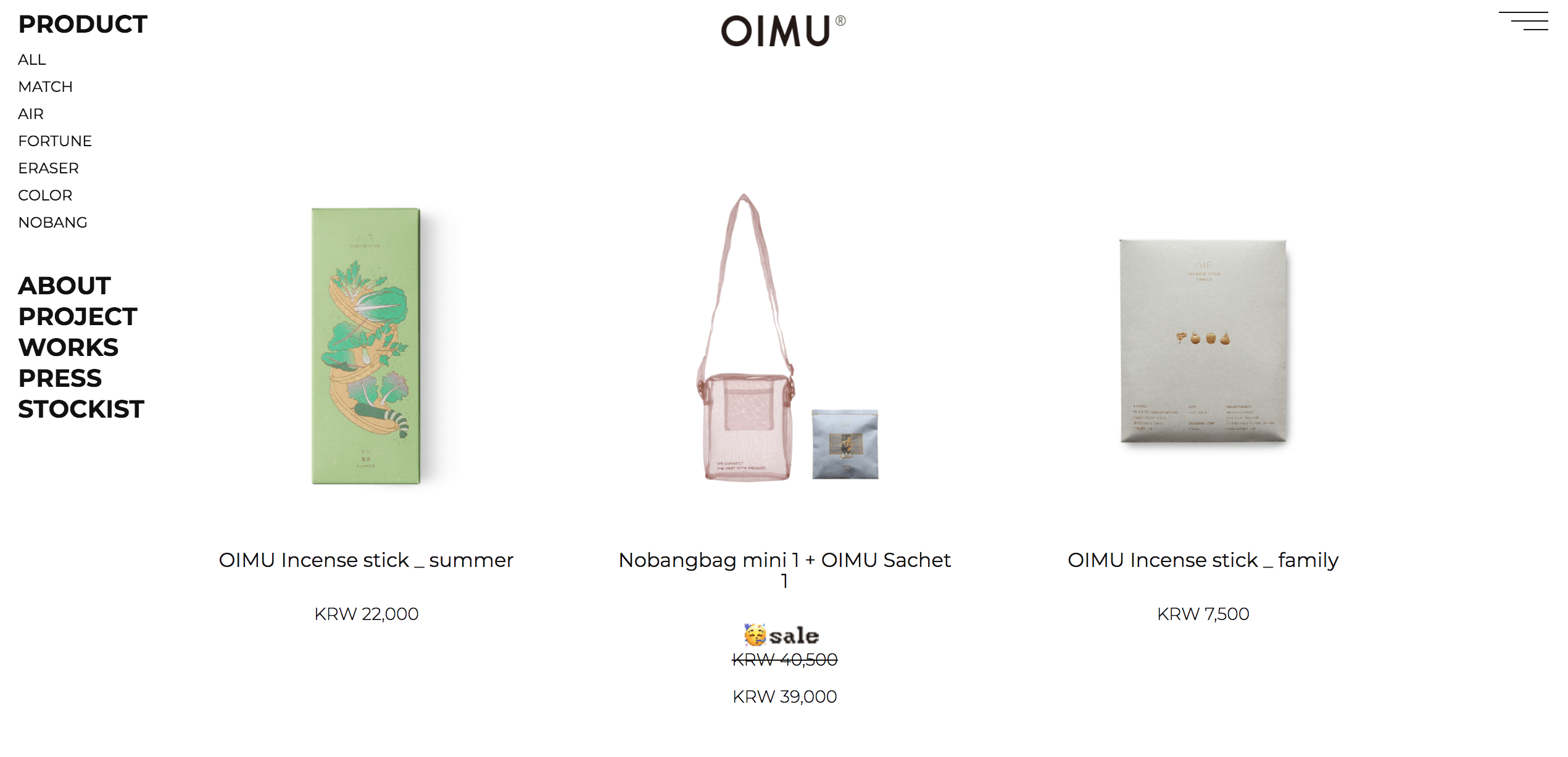
What sets OIMU apart from other design studio is its function as both a design studio and a lifestyle store. As many of their projects are self-initiated, they are able to sell their designs as everyday products on their website and other e-commerce platforms. This provides more touch-points for people to experience and interact with the brand.
Word Count 304
